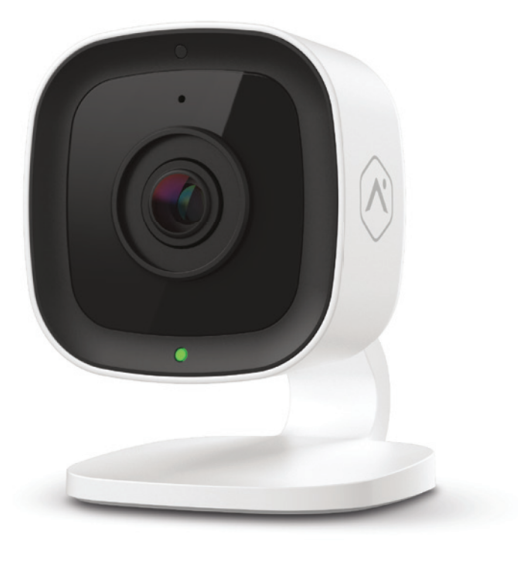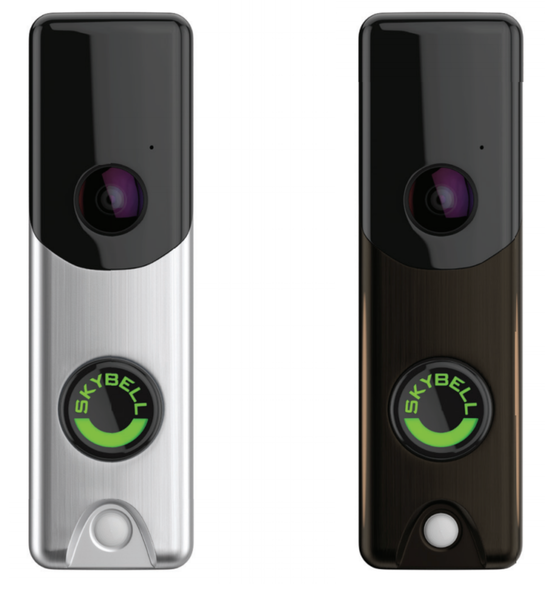Alarm Grid has learned that Qolsys IQ Panel 2 and IQ Panel 2 Plus Firmware Version 2.5.5 is now available for download. The update mainly focuses on providing fixes for issues that affected earlier firmware versions. This is believed to be the final update before the eventual 2.6.0 release.

For a complete outline of Software Update 2.5.5 and what it includes, make sure to check out Technical Service Bulletin (TSB) # 210315 released by Qolsys. Although this update doesn't provide any new features or functions for the IQ2 or IQ2+, it does offer some important fixes to help ensure that your system functions as smoothly as possible and without issue. Additions for 2.5.5 include:
- Fixes an issue involving PowerG device syncing in Versions 2.5.3 and 2.5.4. More information is available here.
- Corrects a problem that caused certain IQ2 Help Videos in languages other than English to not play properly.
- Applies the firmware2 patch fix to stop affected IQ2+ Systems from automatically rebooting. More information can be found here.
- All of the new additions in 2.5.4 are also included in 2.5.5. This is important for users who may be skipping 2.5.4 and going right to 2.5.5.
Please note that at this time, the only way to update your IQ Panel 2 or IQ Panel 2 Plus System to 2.5.5 is via the Patch Tag method. Alarm dealers like Alarm Grid do not have access to the 2.5.5 Firmware at this time, and it is not possible to have the update pushed down to your panel from Alarm.com currently. We expect that to change in the coming days once Alarm.com vets the software to their satisfaction. This is also why we updated our IQ Panel 2 Plus Firmware Update Page to reflect Version 2.5.5, but pointed the download link back to this blog page. It is possible that Version 2.5.5 will not be made available for download, in which case the only way to achieve this version is to update using WIFI at the panel. If the panel is installed in an area where WIFI is not available, users should be able to use a cell phone or other hotspot to apply the update using the Patch Tag method.
Applying Firmware Version 2.5.5 to your IQ Panel 2 or IQ Panel 2 Plus via Patch Tag is quite simple. However, it must be mentioned that if your IQ2 or IQ2+ is currently on FW Version 2.5.0 or 2.5.1, then you need to stage upgrade to Version 2.5.3 first before then updating to the new 2.5.5 version. All IQ2 and IQ2+ Systems on versions other than 2.5.0 and 2.5.1 do not need to stage upgrade and can instead go directly to 2.5.5, as long as the panel is on at least Version 2.0.1.
Remember that you can check your IQ2 or IQ2+ firmware version by starting from the main system screen, pressing the small grey bar at the top, and then choosing Settings > Advanced Settings > enter Installer Code (default 1111) > About > Software. As long as your IQ2 or IQ2+ is on at least 2.0.1, and is on a version other than 2.5.0 or 2.5.1, you can go directly to 2.5.5.
As always, only IQ2 and IQ2+ Systems on Software Versions of 2.0.1 or higher can receive firmware updates. If you have a rare IQ2 System that is less than Version 2.0.1, you should strongly consider replacing the panel. This only applies to a very small number of IQ2 users, but it's still a warning we need to put out!
We have received word from Qolsys that the firmware2 patch fix portion of the update is extremely small in size - only about 500KB. But the entire 2.5.5 Software Package is much larger, at approximately 250MB in size. Most users upgrading shouldn't run into issues, but the large size may be undesirable for a user who is trying to apply the update using a hotspot on their cell phone because they do not have true WIFI service. We just wanted to point this out in case it affects anyone.
To prepare for the upgrade, make sure your IQ2 or IQ2+ is plugged in with its battery charged. It should be connected to a WIFI network. Then once you are are ready, do the following to upgrade to FW Version 2.5.5:
Start from the main screen of the IQ2 or IQ2+. Swipe the small grey bar at the top. Choose Settings > Advanced Settings > enter Installer Code (default 1111) > Upgrade Software > Patch Tag > enter iqpanel2.5.5 > OK > Upgrade Using Network.
Your system should then begin applying the update. According to Qolsys, the update should take about five (5) minutes to apply. We tested the update on an original IQ Panel 2 System in our office, and we were very impressed with how quickly the update was applied.

Got any questions about IQ Panel 2 Plus Firmware Update 2.5.5? Or maybe you have some hopes or a wishlist for the much anticipated IQ Panel 2 Firmware Update 2.6.0? Leave a comment down below and share your thoughts. We would love to hear from you! And remember to keep reading our blog for more security news on the way very soon!









